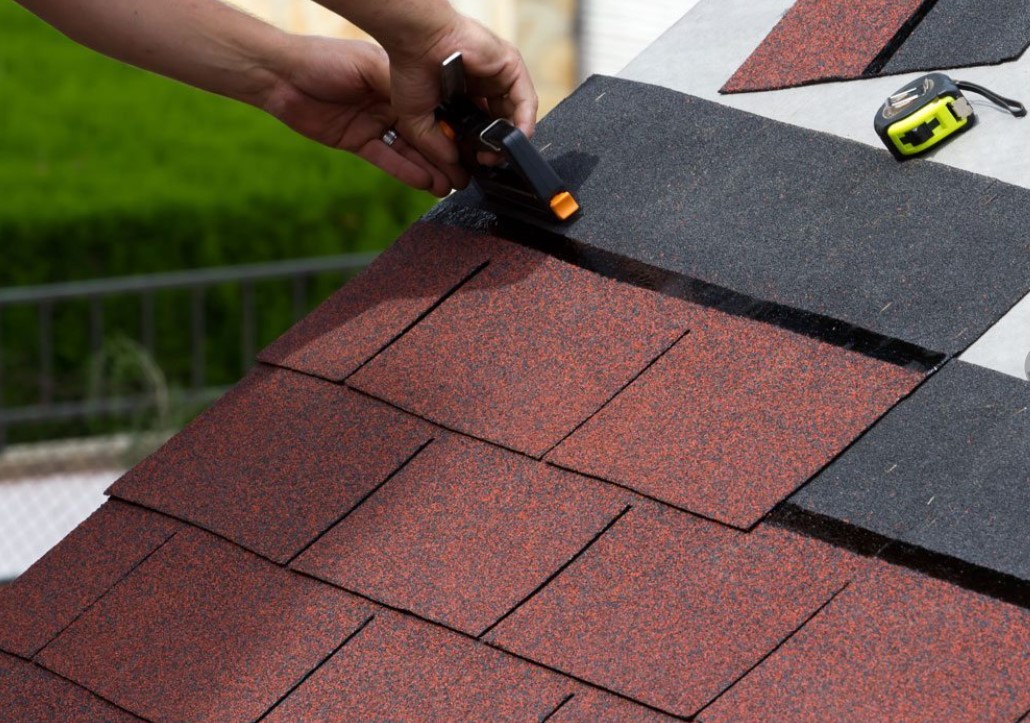The question, “How are roof shingles recycled?” may be on your mind right now. There are several reasons to recycle your asphalt shingles. Some of these reasons are cost-effectiveness, marketability, and Asbestos concerns. Learn more in the following article! In this article, we’ll discuss cost-effective recycling options for asphalt shingles.
Many people would be surprised to learn about the recycling process for asphalt shingles. Recycled asphalt shingles are made from ground-up shingles and then put through a shredder. They are then mixed with other aggregate, such as gravel and sand or cement. The mixture is then replaced with new shingles and recycled ones to make it look like normal asphalt.
Recycling asphalt shingles
Recycling asphalt roof shingles is an effective way to reduce the amount of waste in the construction industry. As the nation’s largest roofing material, asphalt shingles account for approximately 7- 10 million tons of trash each year. The reclaimed asphalt is useful for a variety of projects, including road paving and pavement. The recycling process can also earn points toward LEED certification, a green building standard. Before the asphalt shingles can be recycled, they must be crushed to a certain size and cleaned to remove any contamination.
Recycled asphalt roof shingles can be made into a variety of products, including hot-mix asphalt and cold-patched asphalt. These materials can be combined with other materials to form asphalt pavement. Asphalt shingles are made from a high percentage of asphalt, making them a desirable substitute for virgin asphalt. In addition to being environmentally friendly, recycled shingles can help save money on hot-mix asphalt.
Cost-effectiveness

There are several benefits to using recycled roof shingles. As an example, recycled asphalt shingles are environmentally friendly, and they can also be used to replace existing shingles. The process of recycling shingles involves heating and molding recycled material to create a new shingle that looks like slate. It is a process known as cradle -to-cradle, and it reduces the carbon footprint of a product by making it from recycled materials.
GAF, for example, has developed a patented two- step recycling process that keeps old shingles from entering landfills. At a facility in Lockport, N.Y., 90% of the old shingles are recycled into briquettes. From there, they are combined with new asphalt in a factory in Tampa, Fla. GAF plans to expand the recycling program next year to include additional locations in Texas. Once the process is fully operational, GAF expects to be able to make shingles from recycled material at all of its 11 factories.
Markets for recycled asphalt shingles
Recycled asphalt shingles have the potential to become an important part of many construction projects in the future. Moreover, many local governments are starting to restore construction activities. For example, Romania and India have resumed highway and building construction. These activities have contributed to a recovery in the market. As a result, the market is projected to grow at a CAGR of 2.3 percent over the next seven years.
Considering that asphalt is a petroleum product, the reusing of millions of tons of this material every year could significantly reduce the burden on the environment. This oil-based material is resistant to deterioration and will take a long time to break down. With this in mind, markets for recycled asphalt shingles will continue to grow.
Asbestos in asphalt shingles
Asbestos has been discovered in samples of built-up roofing, mastics and roofing felts. A construction and demolition debris recycler in Iowa has sampled loads of shingles since 1999. The company uses random grab samples and polarized light microscopy to determine if any samples contain asbestos. In total, 1791 samples were tested.
Although asbestos was banned for building materials in the 1970s, its presence in asphalt shingles is still a significant problem. Because regulations don’t always translate smoothly from one industry to another, it is unclear how to manage the problem.
Reuse of asphalt binder
Reusing asphalt binder from roof shingles has several benefits. For example, it is an environmentally friendly alternative to creating new asphalt, and it can also reduce costs. However, reuse of asphalt binder must be carefully regulated to ensure that it doesn’t harm the quality of the finished asphalt product.
Reusing asphalt binder from roof shingles reduces the amount of virgin asphalt that needs to be used to create new asphalt concrete. Asphalt shingles contain between 19 and 36 percent of liquid asphalt binder, which can help reduce the amount of new asphalt binder used to mix asphalt. The shingles also contain fibers, fine aggregate, and mineral filler, which further reduces the amount of virgin asphalt required for the new asphalt mix.
The smaller shingles are used in the asphalt mixtures to add stability. The larger, heavier pieces that don’t make the cut as asphalt are typically reused as roofing material in developing countries. But there’s no way of knowing how long these recycled materials will last before they end up in a landfill.











